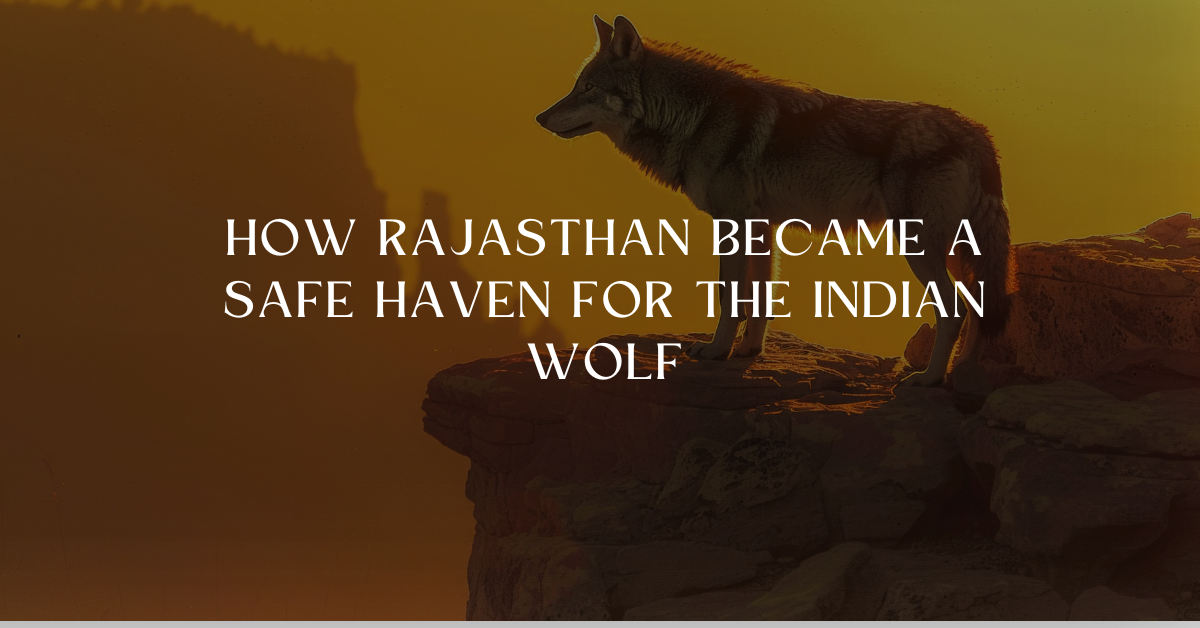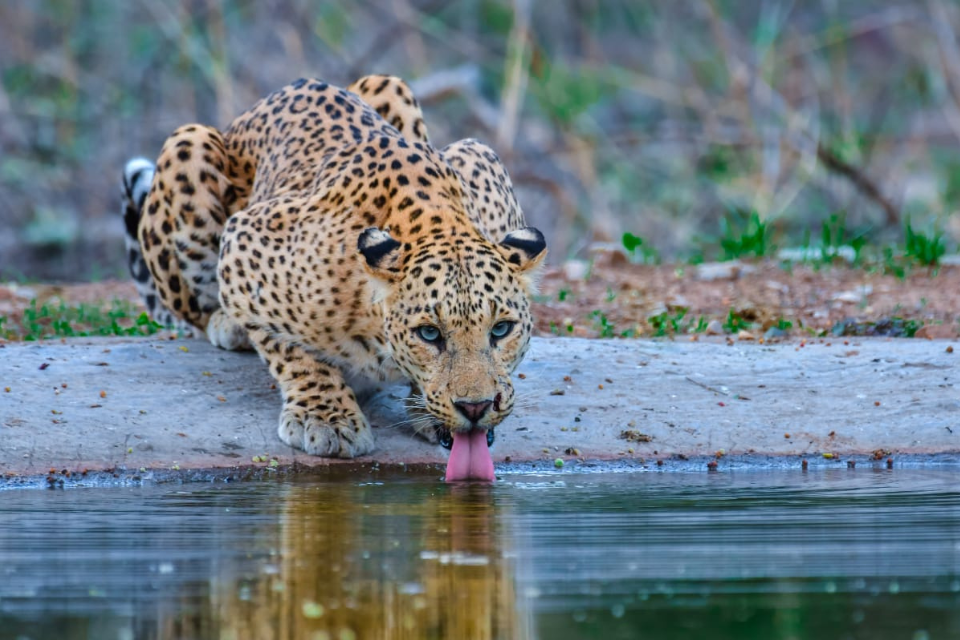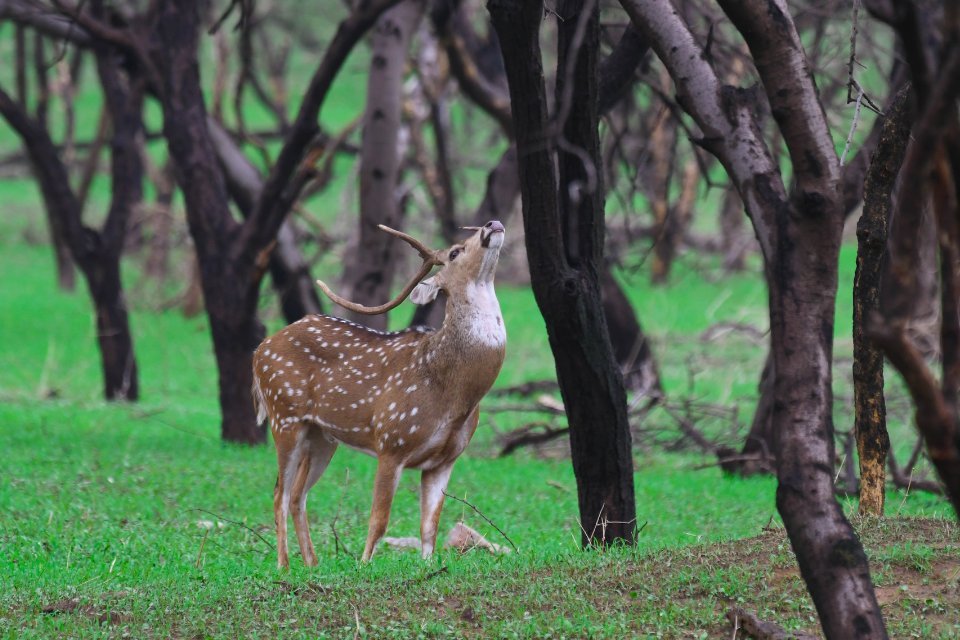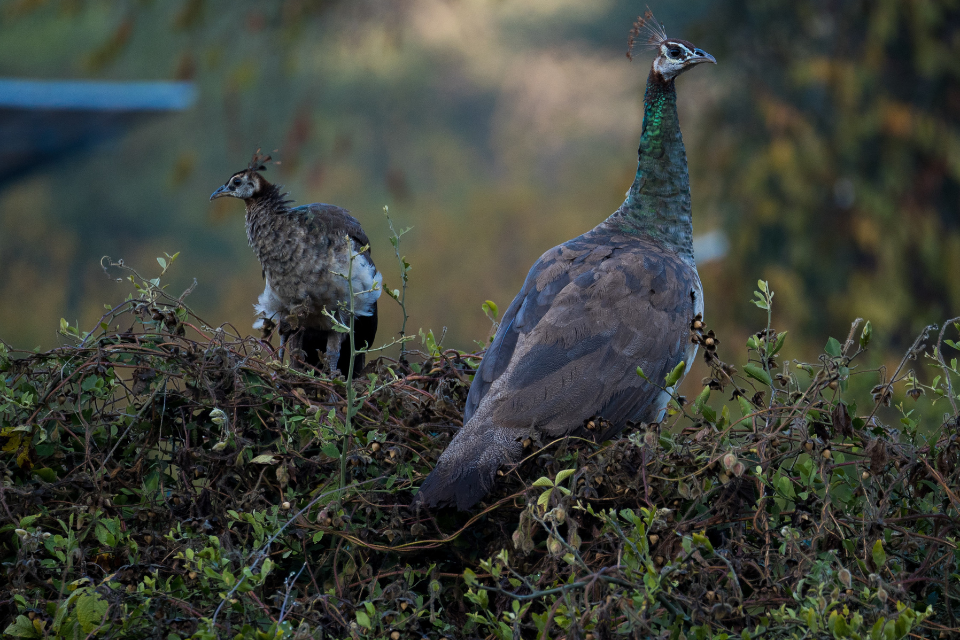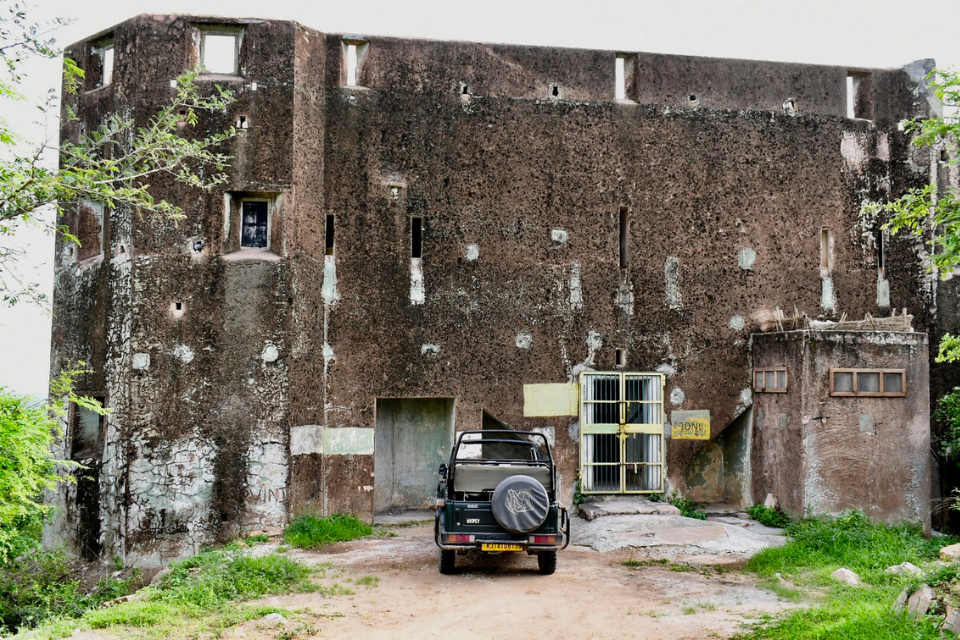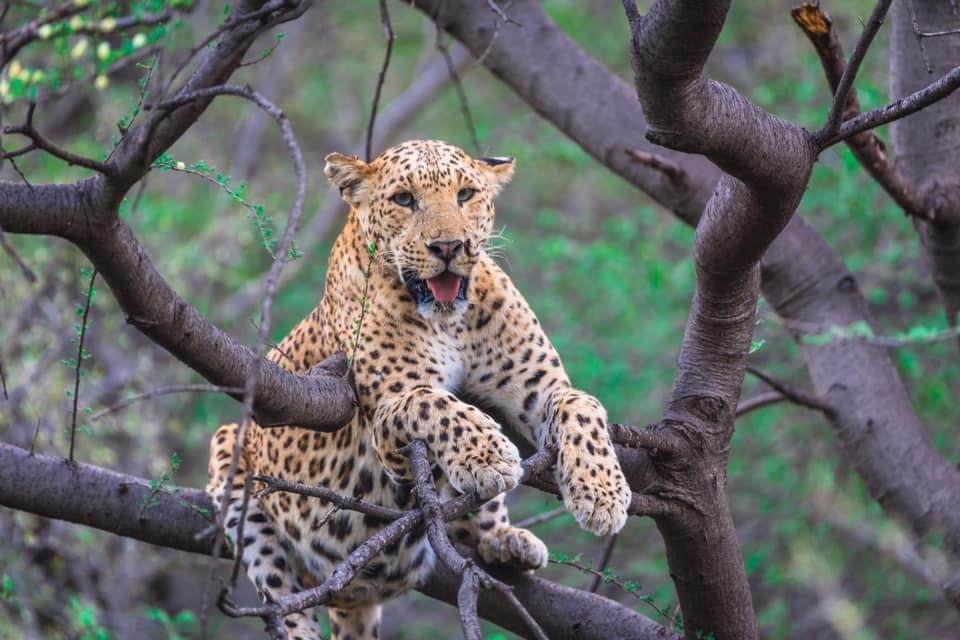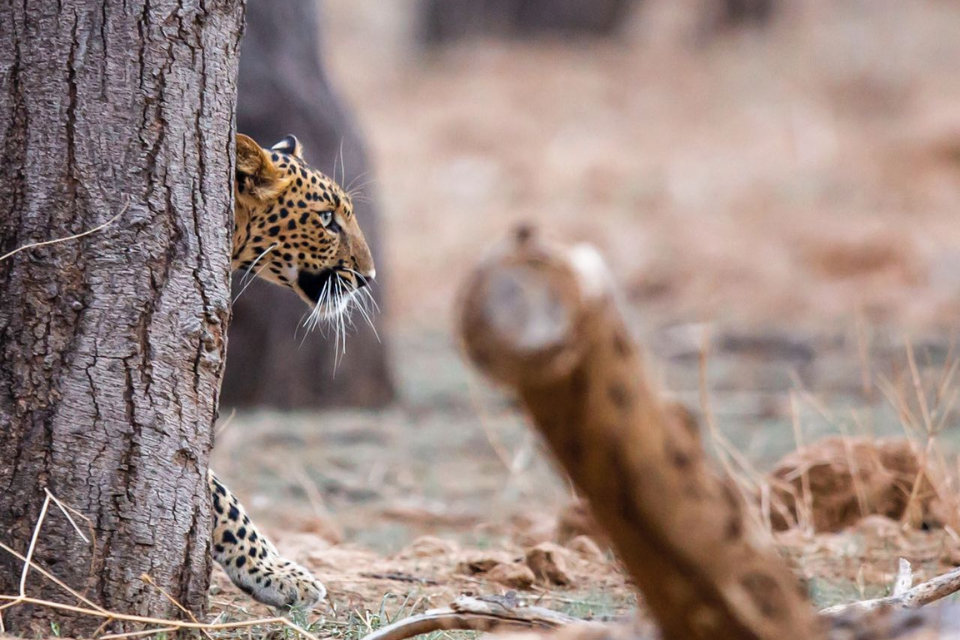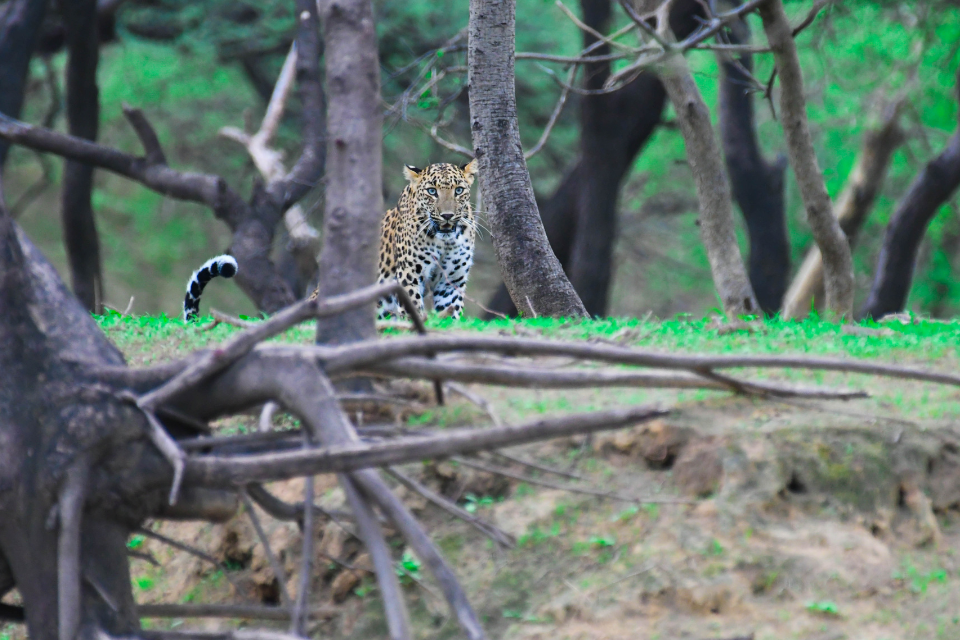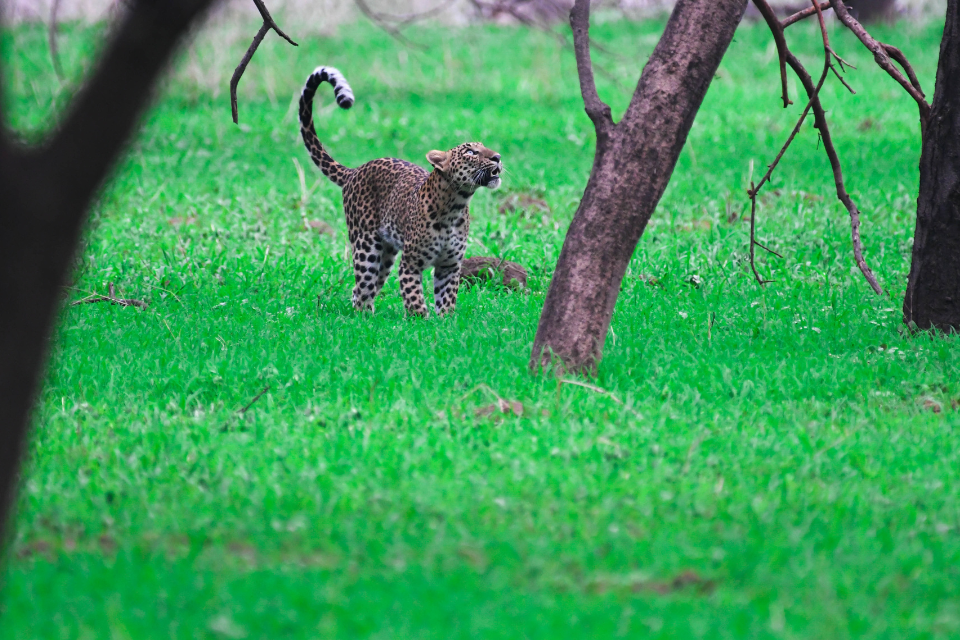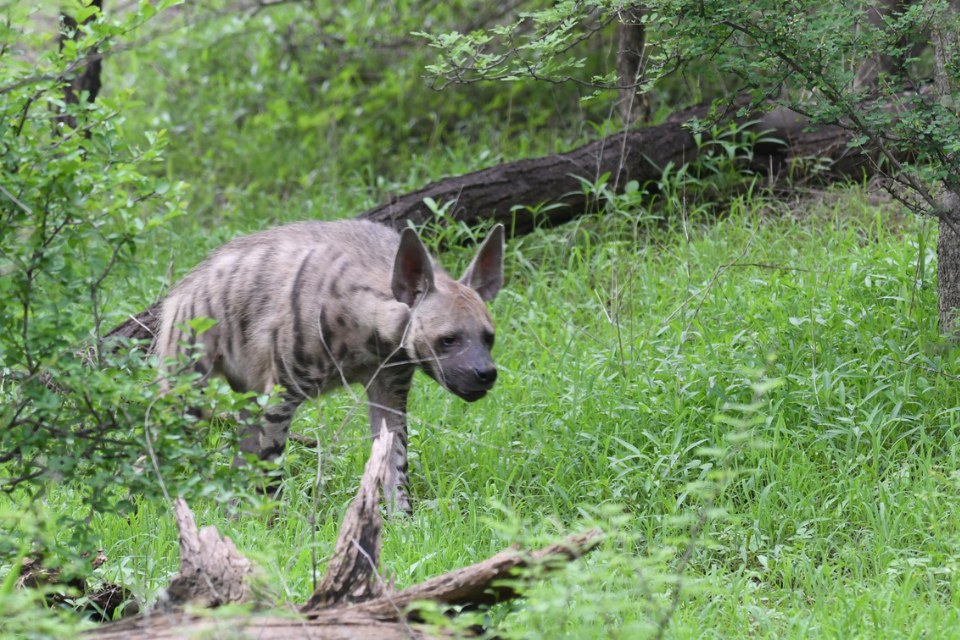- March 14, 2025
How Rajasthan Became a Safe Haven for the Indian Wolf
The Indian Wolf (Canis lupus pallipes), a subspecies of the Grey Wolf, has long roamed the arid plains and grasslands of India. While wolves are often associated with the dense forests of the Himalayas or the cold tundras of Europe, Rajasthan has surprisingly become one of the last strongholds for these elusive predators.
Despite habitat destruction, human-wildlife conflicts, and declining prey populations, the Indian Wolf has managed to survive in Rajasthan’s harsh climate. But how did this happen? What makes Rajasthan a safe haven for these endangered predators, and what are the challenges they still face?
Let’s dive into the story of the Indian Wolf in Rajasthan—its history, survival strategies, conservation efforts, and future prospects.
- Meet the Indian Wolf – A Unique Predator
📌 Scientific Name: Canis lupus pallipes
📌 Status: Endangered in India
📌 Best Place to See: Kumbhalgarh, Sorsan, Desert National Park
✔ Smaller and leaner than the Grey Wolf, built for speed and endurance.
✔ Hunts in small packs and relies on teamwork rather than brute strength.
✔ Adapted to survive in hot, dry landscapes, where food and water are scarce.
🚀 Fun Fact: Unlike tigers and leopards, Indian Wolves do not rely on dense forests—they prefer open plains and semi-arid landscapes like those in Rajasthan.
- How Did Rajasthan Become a Safe Haven for Wolves?
While Indian Wolves are declining in other parts of India, Rajasthan has provided unique conditions for their survival.
🌿 A. Rajasthan’s Vast Open Landscapes
✔ The Indian Wolf thrives in grasslands, scrub forests, and semi-desert areas.
✔ Unlike heavily forested regions, Rajasthan’s open terrain is ideal for the wolf’s hunting style, which relies on speed and endurance.
🚀 Fact: Wolves can run at speeds of 55-60 km/h over long distances while chasing prey.
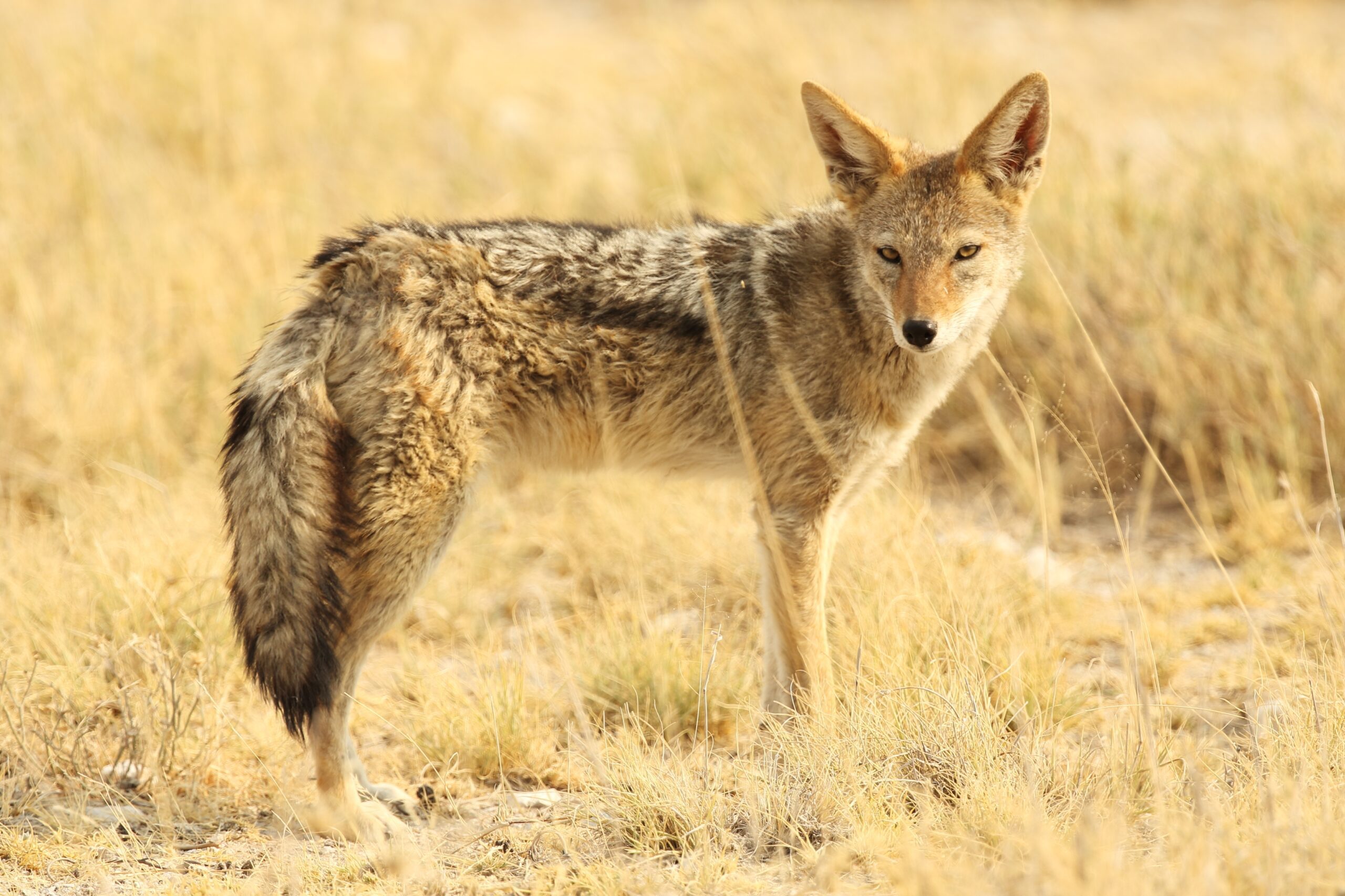
🦌 B. Presence of Natural Prey Species
✔ Rajasthan’s grasslands support Chinkara (Indian Gazelle), Blackbucks, Nilgai (Blue Bull), and rodents—all of which form the wolf’s primary diet.
✔ Unlike large predators like tigers and leopards, wolves can survive on smaller prey like hares and rodents if larger animals are scarce.
🚀 Fact: Indian Wolves sometimes hunt alone or in pairs, using strategy rather than brute force.
🏞️ C. Protected Areas & Conservation Zones
✔ Wildlife sanctuaries and national parks in Rajasthan provide legal protection to wolves.
✔ Key protected areas where wolves are thriving:
- Kumbhalgarh Wildlife Sanctuary – One of Rajasthan’s best places to spot wolves.
- Sorsan Grasslands – A wolf breeding hotspot.
- Desert National Park – Wolves thrive in the remote parts of the park.
🚀 Success Story: Due to conservation efforts, wolf sightings in Kumbhalgarh have increased in the last decade.
👥 D. Lesser Human-Wildlife Conflict in Some Areas
✔ Unlike leopards or tigers, wolves rarely attack humans, making them less feared by villagers.
✔ In some regions, local communities have learned to coexist with wolves, especially in grassland areas.
🚀 Fact: Wolves avoid humans whenever possible, making them hard to spot in the wild.
- The Role of Wolves in Rajasthan’s Ecosystem
Indian Wolves play a crucial role in maintaining ecological balance.
✔ Controls Herbivore Population – Prevents overgrazing by preying on Chinkara, hares, and Nilgai calves.
✔ Removes Sick and Weak Animals – Keeps prey populations strong and healthy.
✔ Balances the Food Chain – Prevents rodents and small herbivores from overpopulating and damaging crops.
🚀 Fun Fact: In some areas, wolves have been seen working together to herd their prey before attacking—a rare behavior among Indian predators.
- Threats to Indian Wolves in Rajasthan
Despite Rajasthan’s efforts to protect wolves, several threats still endanger their survival.
⚠️ A. Habitat Destruction
❌ Rapid urbanization, agriculture, and mining are destroying natural wolf habitats.
❌ Wolves need large territories (up to 100 sq. km per pack) to survive, and habitat loss is shrinking their hunting grounds.
🚀 Fact: A single wolf pack may roam across multiple districts in search of food.
⚠️ B. Human-Wildlife Conflict
❌ Farmers kill wolves to protect livestock, even though wolves mostly hunt wild prey.
❌ Retaliatory killings using poison and traps are a major threat to wolf populations.
🚀 Solution: Awareness programs are being conducted to help farmers use non-lethal methods like guard dogs and secure enclosures.
⚠️ C. Lack of Legal Protection
❌ Unlike tigers and lions, wolves do not receive the same level of conservation focus.
❌ No dedicated wolf reserves exist in India, making their protection harder.
🚀 Solution: Conservationists are demanding better protection laws for Indian Wolves under the Wildlife Protection Act.
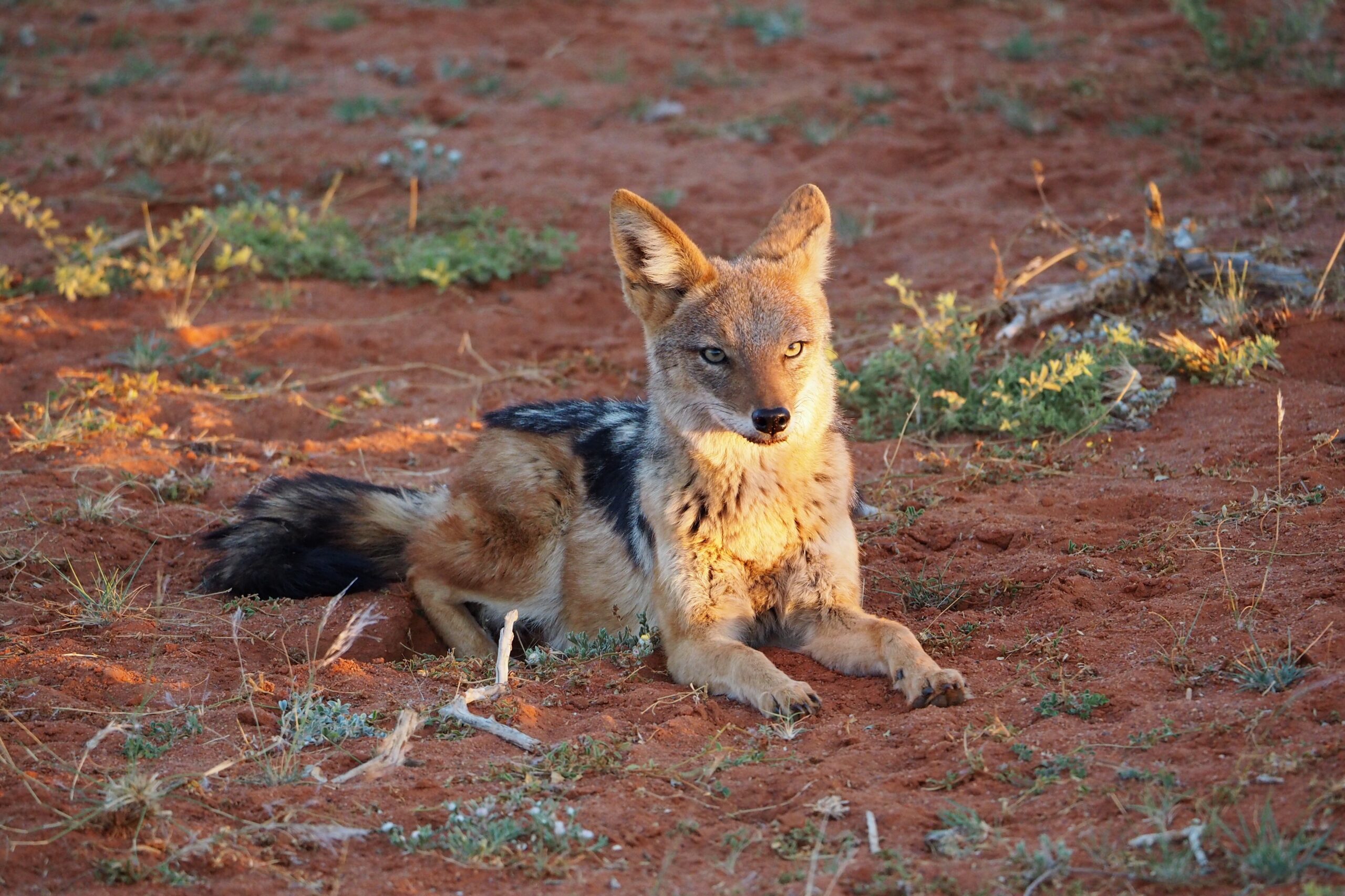
- Conservation Efforts: How Rajasthan is Protecting Wolves
To protect the Indian Wolf, wildlife conservationists and the Rajasthan government have taken several measures:
🛡️ A. Expanding Protected Areas
✔ Kumbhalgarh Wildlife Sanctuary and other protected areas are being expanded to give wolves more space.
✔ Community-managed grasslands are being promoted for wolf-friendly habitats.
🚀 Success Story: Sorsan Grasslands has been identified as a priority wolf conservation site.
🛡️ B. Community Awareness Programs
✔ Educating villagers on coexisting with wolves rather than killing them.
✔ Encouraging eco-tourism to make wolves a valuable asset for local communities.
🚀 Success Story: In some areas, farmers now see wolves as beneficial because they control crop-damaging rodent populations.
🛡️ C. Anti-Poaching & Wildlife Monitoring
✔ Increased patrolling in key wolf areas to prevent illegal hunting.
✔ Tracking wolf movements using camera traps to study their population trends.
🚀 Success Story: Researchers have identified stable wolf packs in Rajasthan, proving that conservation efforts are working.
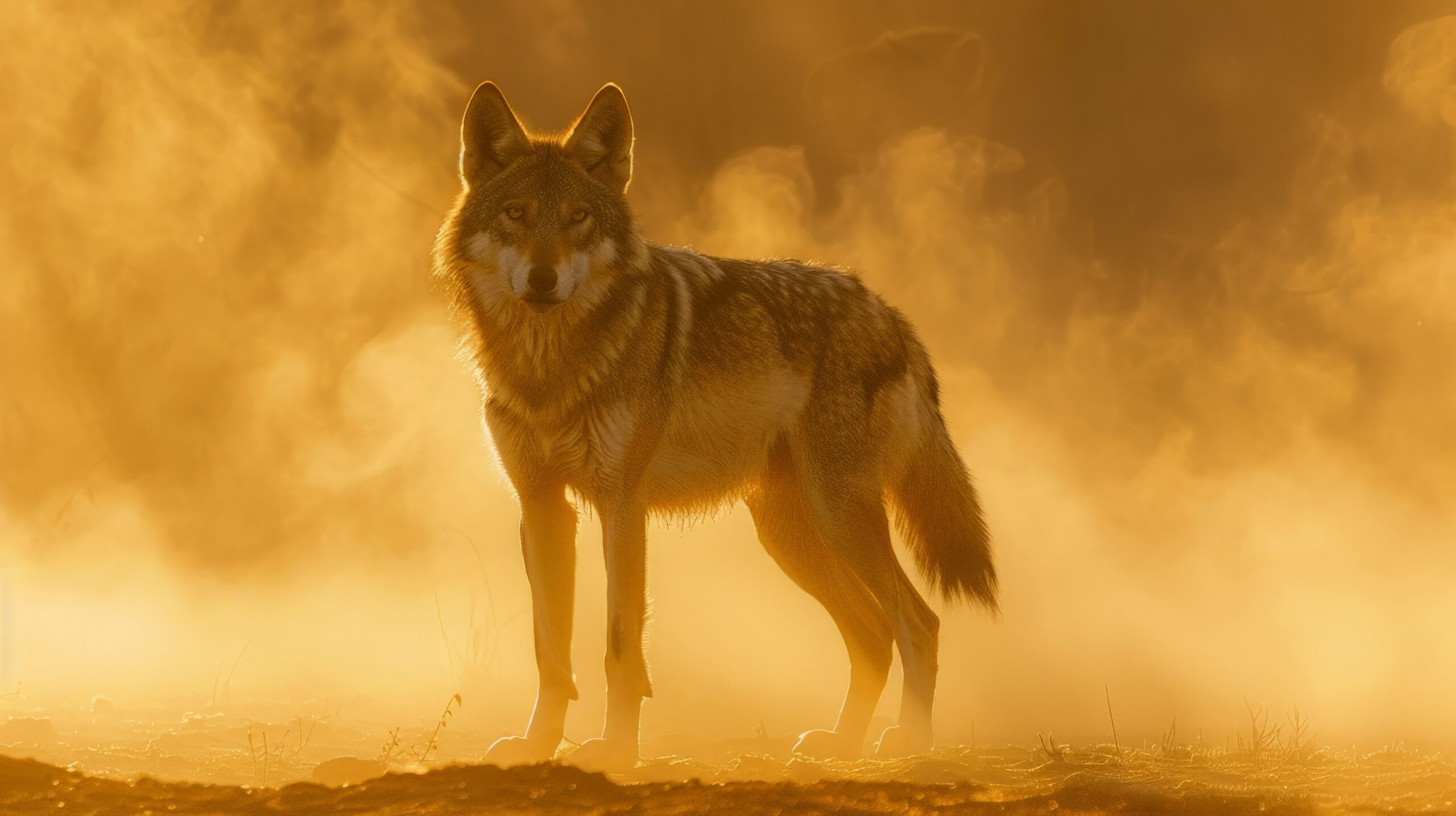
- The Future of Indian Wolves in Rajasthan
✔ Rajasthan has become one of the last safe places for Indian Wolves in India.
✔ Conservation efforts are showing positive results, but more action is needed.
✔ Eco-tourism and sustainable land use practices can help ensure wolves continue to thrive in Rajasthan’s landscapes.
🚀 Key Future Goals:
✅ Create India’s first Wolf Reserve in Rajasthan.
✅ Expand protected grasslands for wolf conservation.
✅ Strengthen laws against wolf poaching.
🌍 Final Thought: The Indian Wolf may not be as famous as the tiger or leopard, but it is just as important for Rajasthan’s ecosystem. By protecting its habitats, reducing conflicts, and increasing awareness, we can ensure that this incredible predator continues to roam Rajasthan’s wild landscapes for generations to come.
🔍 Have you ever spotted an Indian Wolf in Rajasthan?
Disclaimer All images used in this blog are either sourced from public domain or credited to their respective owners. If you are the copyright holder of any image and wish to request its removal or proper attribution, please contact us at [email protected]
